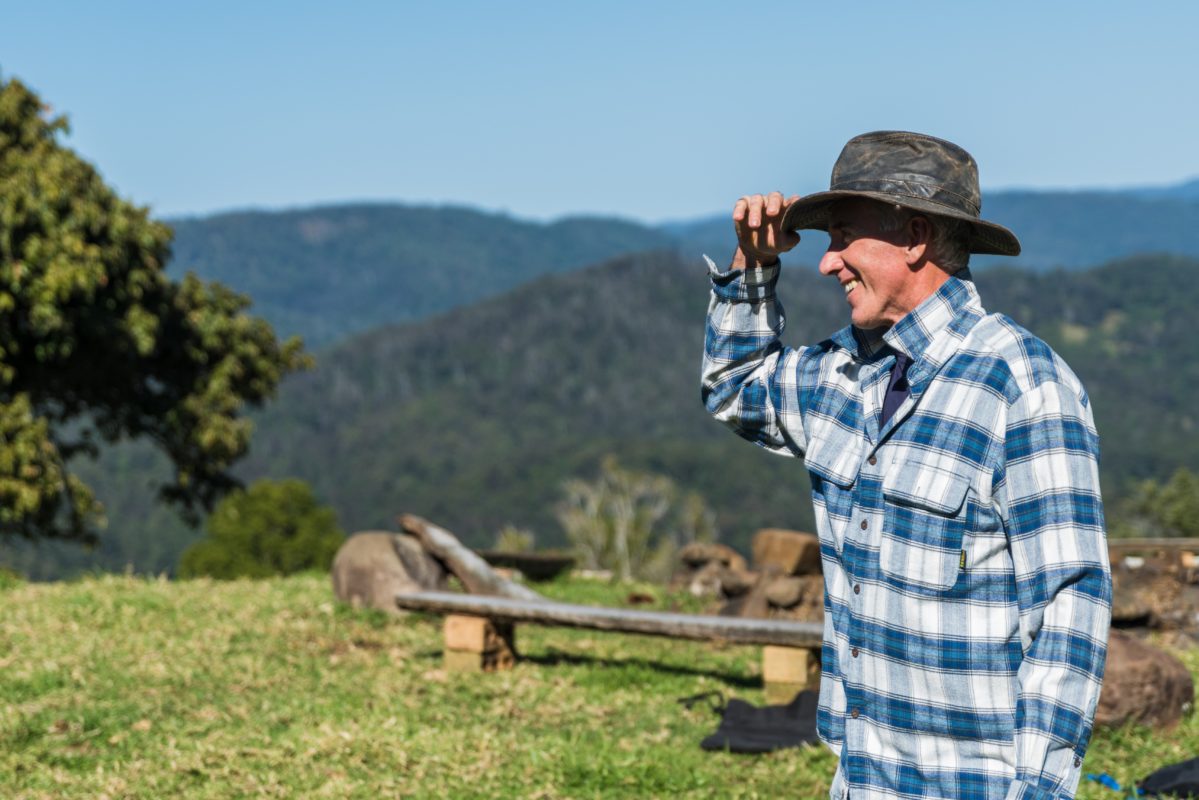Small businesses, apprentices and women are among the winners in the Coalition’s 2022-2023 Federal budget. Here are some workplace-related highlights.
The end of the financial year and the next federal election are fast approaching, and that means another budget has been handed down.
The Government has predicted a budget deficit of $78 billion, 3.4 per cent of GDP, which is forecasted to drop to 1.6 per cent over the next three years.
A focal point of this year’s announcement was the projection for the lowest unemployment rate in almost half a century. With the rate forecast to drop to 3.75 per cent by September 2022, the Australian Financial Review reports that 13.4 million Australians could be in work, representing an extra 611,000 workers who will be employed compared to pre-pandemic expectations.
The rate is also three percentage points lower than the Coalition predicted in the 2020-21 budget.
Although skills shortages and the war for talent still exert their impact, the Government is hoping the swathe of job boosting initiatives it’s proposing will turn this prediction into a reality.
“The forecast of record-low unemployment leading to real wages growth is a mixed bag for employers,” says AHRI’s CEO Sarah McCann Bartlett.
Predictions suggest that wage growth will only slightly overtake inflation rates in the next few years. Noticeable changes to wages aren’t predicted until the middle of the decade.
“This means that initiatives to drive workforce participation – especially for under-represented groups – a significant skills uplift and strong productivity initiatives are vital,” she adds.
The budget touched on a number of measures aimed at reducing the cost of living (more on that towards the end of the article), but Treasurer Josh Frydenberg’s fourth budget includes several key points of interest for HR.
(You can read the full budget announcement here).
1. Changes to paid parental leave
A relevant election promise for HR is the allowance of 20 weeks’ paid parental leave, which would be split between working parents.
While this wouldn’t differ too much from the original scheme – which allows for 18 weeks’ leave for ‘primary carers’ and two weeks for ‘secondary’ carers – the proposed new scheme allows for the existing schemes to be combined and split between parents as they see fit.
“It will assist to promote equality between mothers and fathers and empower families to make their own decisions without being restricted by policy settings defined by ‘primary’ or ‘secondary’ carers,” the budget outlines.
And, for the first time, single parents would be eligible to claim the full 20 weeks.
At a cost of $346 million over five years, the boost to parental leave is predicted to assist 180,000 new parents. This is in addition to the previously announced boost to the childcare subsidy scheme, which provides a greater subsidy for eligible families (those with a combined income less than $354,000) with more than one child aged five and under in care.
“Providing greater flexibility in how families choose to take paid parental leave should encourage greater take-up by both parents, and the increased threshold is welcomed,” says McCann-Bartlett.
“However, the payment of superannuation on parental leave remains an outstanding issue for women’s long-term financial security, and further initiatives to expand access to and availability of affordable childcare would have been welcomed by employers as well as families.”
2. Promises around training and education
The Commonwealth, state and territory governments will continue working towards a National Skills Agreement, which will be bolstered by a $3.7 billion cash injection which the government believes could deliver 800,000 training spots.
The government has also promised $2.8 billion, over a five year period, towards upskilling apprentices via the Australian Apprenticeship Incentive scheme, which replaces the existing Boosting Apprenticeship Commencements scheme.
As part of the scheme, apprentices who start their training could receive cash payments of up to $5000 across their first two years. And employers who take them on could receive up to $15,000 in wage subsidies.
“A focus on training for line managers in good people management practices, for instance, would unlock greater productivity for business, improve on-the-job training and make our workplaces even more adaptable and flexible.” – Sarah McCann-Barlett, CEO, AHRI
Promises of a multi-million dollar investment into aged care training, which were alluded to prior to budget night, could potentially ease pressures on this exhausted industry. Approximately 15,000 subsidised vocational education and training places in aged care have been promised, at a cost of $49.5 million.
The government is also offering an attractive tax incentive for small to medium-sized businesses (with annual turnover of less than $50 million) that are willing to invest in upgrading systems and upskilling staff.
As of last night, businesses can access a 20 per cent tax deduction for the cost of external training for employees, and for digital technologies purchased for work (up to $100,000 in each FY).
“Every hundred dollars small businesses spend on digital technologies, like cloud computing, e-invoicing, cybersecurity and web design, will see them get a $120 tax deduction,” said Frydenberg in his announcement.
“While it is pleasing to see the government continuing to recognise the importance of investing in apprenticeships and training, especially in digital upskilling for small business, AHRI would have liked to have seen even more of a focus on skills in this budget, given their role in driving productivity improvements,” says McCann-Bartlett.
“A focus on training for line managers in good people management practices, for instance, would unlock greater productivity for business, improve on-the-job training and make our workplaces even more adaptable and flexible.”
McCann-Barlett adds that while the investment towards digital skills is welcomed, she had hoped to see more in this space.
“Digital skills will be amongst the most important in the future of work, with advancements in technology rapidly changing and many employees currently struggling to keep up. The Australian Digital Inclusion Index shows that less than 40 per cent of Australians feel they can keep up with the pace of change surrounding technology, and that 1 in 4 feel digitally excluded.”
3. What’s in the budget for women?
Frydenberg stated more than once that there are “more women in the workforce than ever before”, but admitted that there was more work to do.
The Government hopes its $2.1 billion package will help to bridge the gap between men and women at work, and society at large, and help women to “fulfil their potential”. This includes $18.5 million to support the Workplace Gender Equality Agency to progress gender equality in Australian workplaces.
Over $480 million has been carved out to help women advance in their careers, including a $56.2 million investment to encourage more women to join the tech and manufacturing sectors, the latter of which is historically male dominated.
It’s also hoping to set women up for future success via a $40.4 million cash injection into “a range of initiatives” to support women to take on more senior roles and leadership positions. This includes the expansion of the Women’s Jobs Academy – which provides mentoring and training for women looking to rise in the ranks.
It also includes $9.4 million to get more women into board positions, as well as a $31 million initiative to get more female leaders in the sports industry.

The government has also pledged $3.4 million to address workplace sexual harassment as part of the recommendations set out in Sex Discrimination Commissioner Kate Jenkin’s Respect@Work report. At this stage, the majority of Jenkins’s suggestions for legislative and regulatory reforms had not been passed by the Government.
As part of this women’s package, $1.3 billion has been set aside to combat Australia’s troubling family and domestic violence statistics, which show that 1 in 6 women experience physical or sexual violence at the hands of their partner (men experience this at a rate of 1 in 16).
This money is said to fund the development of a National Plan to End Violence Against Women and Children 2022-23 and the establishment of a new Family, Domestic and Sexual Violence Commission ($22.4 million). Frydenberg also stated that this package would fund more frontline support services, emergency accommodation and legal services for women escaping family and domestic violence.
You can read HRM’s three-step guide to addressing domestic violence at work here.
4. Embracing diverse talent and regional workers
People living with a disability and their families are also set to benefit, with the budget allocating $6.1 million towards a national advertising program for job seekers living with a disability. Businesses who employ mature-age participants of the Disability Employment Services program via the Restart Wage Subsidy are also covered, with a promised injection of $44.6 million of government support across the next two years.
“It’s pleasing to see that the budget contains some measures to increase workforce participation, including the subsidy to hire employees with disabilities,” says McCann-Bartlett.
In a job market where skills shortages are aplenty, it doesn’t pay to discount anyone – especially workers with diverse life experiences.
“Only 53 per cent of people living with disability are employed in Australia. And employees living with disability are as productive as other employees and the research shows they take fewer sick days,” says McCann-Bartlett.
There’s also a promised extension to the Time to Work Employment Services program for one year, providing Aboriginal and Torres Strait Islander prisoners with pre-employment services to the value of $3.2 million.

As for Australians living in rural and regional areas, a new Energy Security and Regional Development Plan promises to invest $7.1 billion into regional Australia over 11 years. This goes alongside $800,000 to improve mobile phone coverage in remote areas.
“As remote work arrangements continue, and broader talent pools open up as a result of this, it’s important for our regional and rural workers to be supported with quality, high-speed internet and digital infrastructure,” says McCann-Bartlett.
5. Cost-of-living package
Joining this raft of announcements relevant to HR are a number of other measures aimed at reducing the cost of living across the board.
As part of a multibillion-dollar ‘cost-of-living package’, the budget offers:
-
- A temporary cut to the price of fuel. To address skyrocketing fuel prices, the budget confirms a cut to the government’s fuel excise, halving it from 44.2 cents per litre to 22.1 cents per litre. This will cost $3 billion.
- One-off cash payments. Pensioners, veterans, job seekers, eligible self-funded retirees and concession card holders will receive a one-off payment of $250.
- An extension to the income tax offset. Low and middle income earners (those earning up to $126,000 a year) will benefit from an additional one-off $420 tax offset. This means eligible Australians will receive between $675 and $1500 come tax time. However, the low and middle income tax threshold will end with this financial year.
- A temporary cut to the price of fuel. To address skyrocketing fuel prices, the budget confirms a cut to the government’s fuel excise, halving it from 44.2 cents per litre to 22.1 cents per litre. This will cost $3 billion.
Buoyed by Australia’s lowest unemployment rate in 50 years, the Coalition would be hoping this suite of ‘cost-of-living’ cuts will sway voters come election time in May.
However, as ABC political reporter Laura Tingle noted in the post-budget analysis, many of the announcements, such as temporary cuts to fuel prices, are only likely to provide short-term benefits over the next six months or so. So, it begs the question, will the other more targeted spends be enough to get the Coalition over the line come election time? Time will tell.
Let us know what you thought about the budget announcements in the comment section below.



Disappointing that the budget papers only reference heterosexual relationships in relation to paid parental leave and aren’t written in more inclusive language.
“It will assist to promote equality between mothers and fathers and empower families to make their own decisions without being restricted by policy settings defined by ‘primary’ or ‘secondary’ carers,” the budget outlines.
Love the focus on getting females into tech and manufacturing sectors – this impacts the industry I’m in, and it’s pretty hart to have ‘diverse hiring’ when females are akin to unicorns.